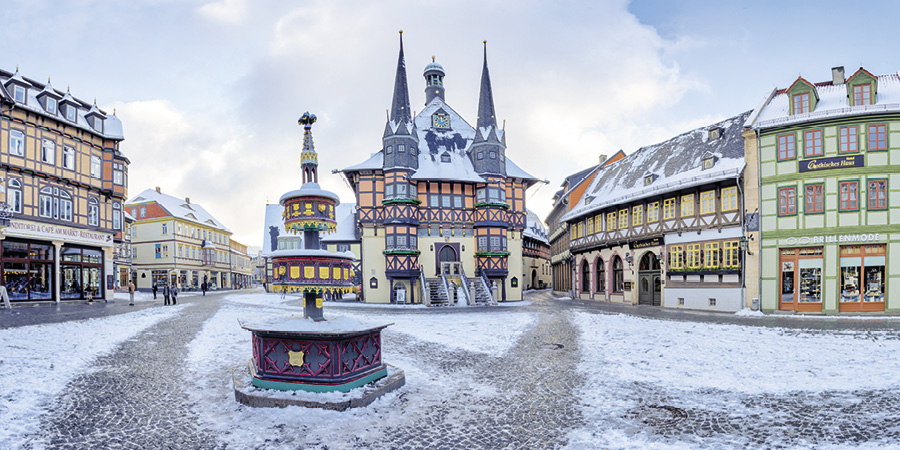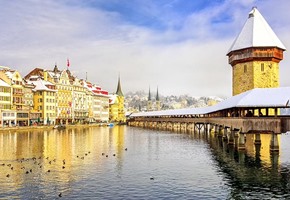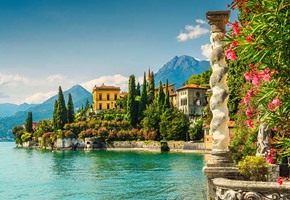Winter in Europe is a magical time, filled with Christmas markets, snow topped mountains, glaciers, and Glühwein. But winter holidays do require a little more thought when it comes to packing than summer holidays. T shirts and swimsuits are easy, but considering the temperatures and the equipment you might need to make the most of a winter holiday is a bit more in depth. To get the right ratio between having everything you need and packing light for travelling can be tricky, but never fear, here's our handy guide to packing the essentials for a winter holiday in Europe.
The Basics
When it comes to the clothes you'll need to pack for your trip in Europe in winter, the most important thing to remember is layering. It's going to be cold outside, so you need to be wrapped up warm, but it's always warm indoors, so you'll need to be able to remove layers easily. This means thinking about your base layers - light and moisture-wicking garments to stay comfortable in - and what is practical for the weather. Thermal leggings are better than jeans for the rain and cold, and make sure your coat is waterproof. When taking an escorted rail tour like The Classic Glacier Express or The Interlaken and the Jungfrau Express at Christmas, it's better to travel with soft material luggage as space is limited onboard the trains and these suitcases are easier to store than hard shell cases.
The Northern Lights
There are a few things you'll need specifically for travelling to see the Northern Lights, but that could also come in handy for other European travel in winter. For a start, take two pairs of gloves. This isn't so much because it's so cold you'll need to wear both pairs, although that could be the case. It's more for practical reasons. A good thick pair of gloves will keep you warm, but take a thinner pair that you can wear while operating your camera and phone. Wear winter boots. You'll be travelling to remote places on a tour of the Northern Lights and it'll be frosty and snowy, so a good pair of boots with a thick tread are invaluable. It's also a good idea to take good winter boots on a tour of The Harz Mountains.
Winter Cruising
Layering is still the number one thing to think of when taking a winter cruise in Europe, but also, consider packing sunglasses. Especially if you're cruising to glaciers, but even just down The Rhine, it's important to protect your eyes from snow glare. This also goes for a rail tour of the glaciers. For the same reason, take care of your skin with sunscreen and moisturisers. This will help to protect you from glare and burn. Consider investing in some merino wool socks and sweaters. This is the best material for keeping you warm while directing sweat away from your skin. Lastly, on a winter cruise there is the opportunity to cold plunge into the sea from the boat, so, if you're brave, pack your swimmers!




